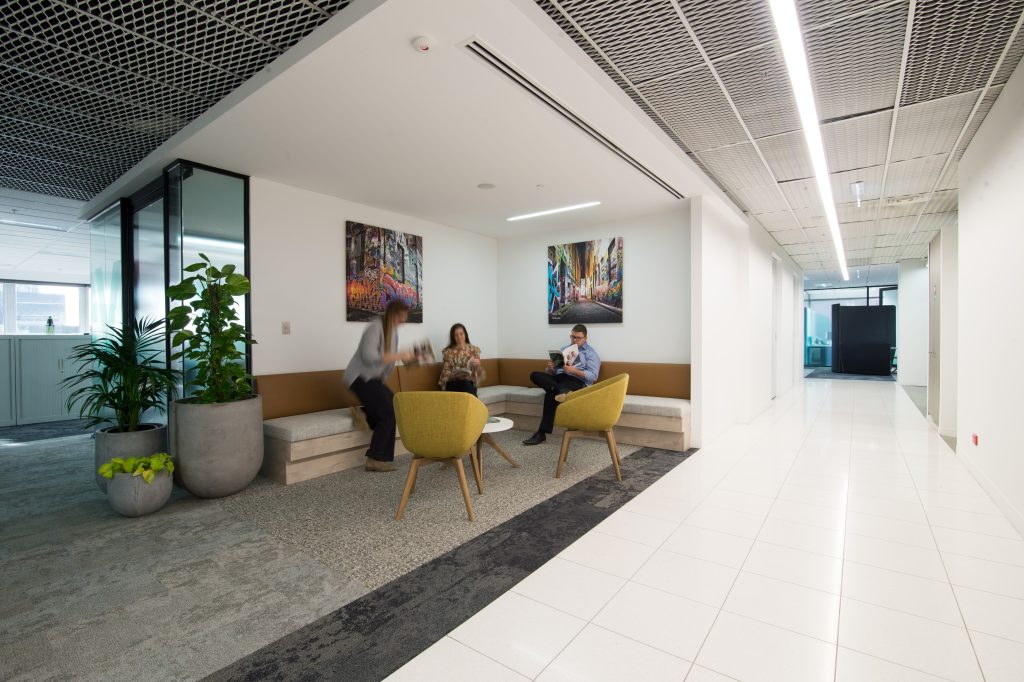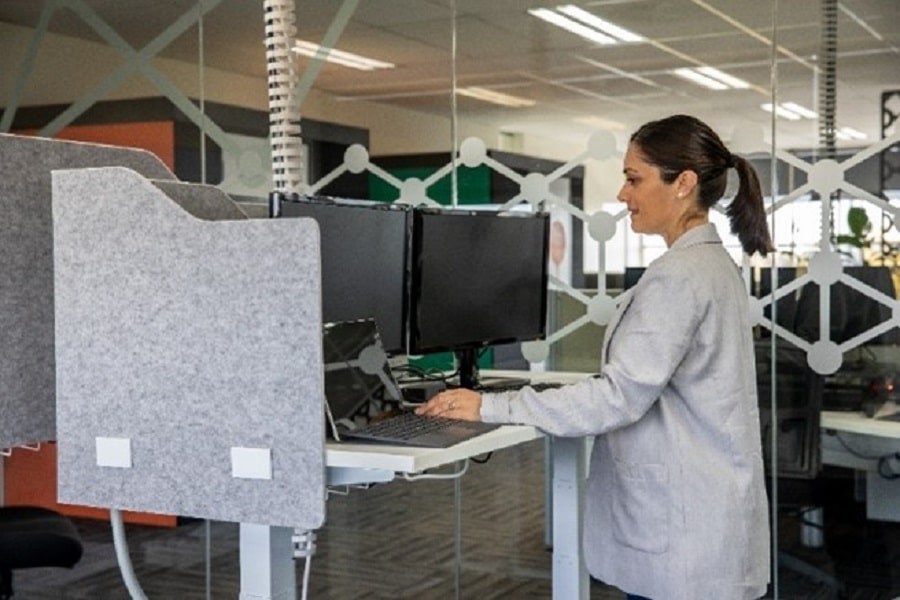Most Australians spend around one third of their lives at work, so it makes very good business sense for every leader and their organisation to promote health and wellbeing in the workplace.

A person’s place of work, their workplace wellbeing, and happiness can have a real impact on their quality of life. Over the years more businesses and their leaders are understanding the great importance of employee wellness programs to provide supportive environments, foster healthy relationships and build staff retention.
So, just what are the business advantages of having fitter, healthier and happier employees on the payroll? (1)
- Increased productivity
- Better staff decision making
- Reduced sick leave and absenteeism
- Reduced long-term health problems
- Reduced worker turnover
- Increased ability to attract and retain new employees
- Increased return on training and development investment
- Improved citizenship and image
- Improved industrial relations
- Reduced risk of accidents and health-related litigation
- Fewer worker compensation claims
The direct benefits to your employees include:
- Increased morale, job satisfaction and motivation
- Improved mental alertness, concentration and energy levels
- Decreased stress and other work-related illness
- Improved prevention of chronic diseases
It’s clear from the findings of this research that both the business and employee benefits are extremely positive, favourable and constructive.
Whether your business is large or small, it is possible to get health and wellbeing initiatives implemented in your workplace. So, what are the steps?
- Establish workplace commitment. Identify key leaders, ensure commitment from management and encourage staff to be involved. Make the program relevant for your workers.
- Construct your program. Identify existing initiatives and identify staff and workplace issues. Plan your program and identify simple strategies. Ensure your plan includes both people strategies and plan strategies.
- Manage and evaluate your program. Implement your specific initiatives, evaluate and refine your program commitment and initiatives.

Remember, a change in workplace culture will take time and effort however creating a health and wellness program tailored to your staff needs and including both people and place strategies is the key. You want to develop a program that will have lasting impact beyond the workplace.
Here are some strategies to help you get started:
- Physical activity. More more, sit less. Consider sit to stand workstations and encourage use of stairs in lieu of lifts where possible. Start an exercise club, after work or during lunch. Implement a group training program. Exercise doesn’t need to be in 30 minute blocks per day, but finding the opportunities during the day for your staff may be more realistic.
- Healthy eating. Hydration and a healthy balance of foods is important for energy, focus and weight control. Consider incorporating a refreshments station with healthy eating options offered to your employees, provide access to filtered tap water and ensure you have adequate refrigeration, provide a weekly delivery of fresh fruit and remove the biscuit or lolly jar, have a eat healthy challenge, organise a seminar with a Dietician.
- Smokefree. Arrange peer support groups for those who are trying to cut-down or stay smoke free, provide access to counselling. Promote a smoke-free workplace and include non-smoking signs were it’s illegal to smoke.
- Reduced alcohol consumption. Host work functions by following the Australian low risk alcohol guidelines, offer workplace Employee Assistance Programs to help employees reduce their alcohol intake.
- Social and emotional wellbeing. Allocate a staff breakout area with books and magazines on healthy living, encourage employee recognition for exceptional efforts, address bullying behaviour to improve workplace stress, productivity and wellbeing, host events to celebrate achievements, review policies to ensure they promote positive mental health

Initiatives and policies play a significant role in the health and wellness program, however what factors in the physical environment can you improve to better your employees mental health and wellbeing at work?
- Natural lighting. Optimise your views and design around them. Consider skylights and the colour palette of flooring and wall finishings as well as choice of furniture
- Biophilic design. Bring elements of the outside in. Greenery, natural materials such as stone and timber, and a tranquil flowing water feature.
- Resimercial design. A combination of residential and commercial design elements. Make your employees feel at home through the design concept. Consider the big picture like materials however the smaller touches such as plants, furnishings décor’ and finishings.
- Connect people. Staff breakout zones where people can have a quick chat while they get their healthy snack or have their break. Somewhere comfortable and away from the stresses of work.
- Be equipped. Social areas for staff events and training, consider group rooms and a larger kitchen where a banquet can be prepared and shared. If possible an outside garden or balcony area is next level.
- Flexible workspaces. Plan for now and into the future. Furniture that can be reconfigured, workstations where employees can collaborate.



